
Unveil the Rich Legacy of Chinese Jewelry History
Dive into the allure of Chinese jewelry, from ancient symbolism to modern trends.
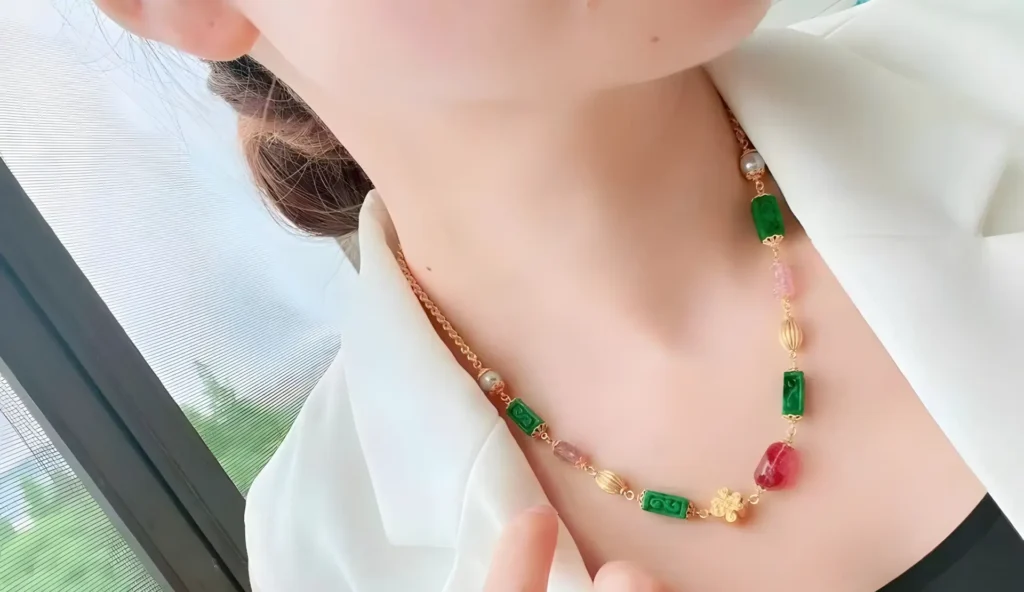
Ah, Chinese royal jewelry—there’s something almost magical about it, isn’t there? Each piece is more than just an accessory; it’s a narrative, a slice of history, a work of art. Imagine a jade pendant, its intricate carvings gleaming against the fabric of a crisp, modern blouse. Suddenly, a simple outfit is transformed into something more sophisticated. This is the allure of Chinese royal jewelry—where ancient craftsmanship meets contemporary elegance in the most captivating way.
Dragons, flowers, mythical creatures—these aren’t just decorative motifs; they’re powerful symbols of strength, prosperity, and immortality. Wearing such pieces feels like carrying a piece of history, a cultural artifact, with you. For example, As shown below, the round necklace pendant is a kind of traditional Chinese jade jewelry, called PingAn Buckle in mandarin, taking the meaning of peace. The Traditional Chinese people believed that wearing it can nourish their bodies and protect them. In modern times, it is often given as a gift between lovers, relatives and friends.
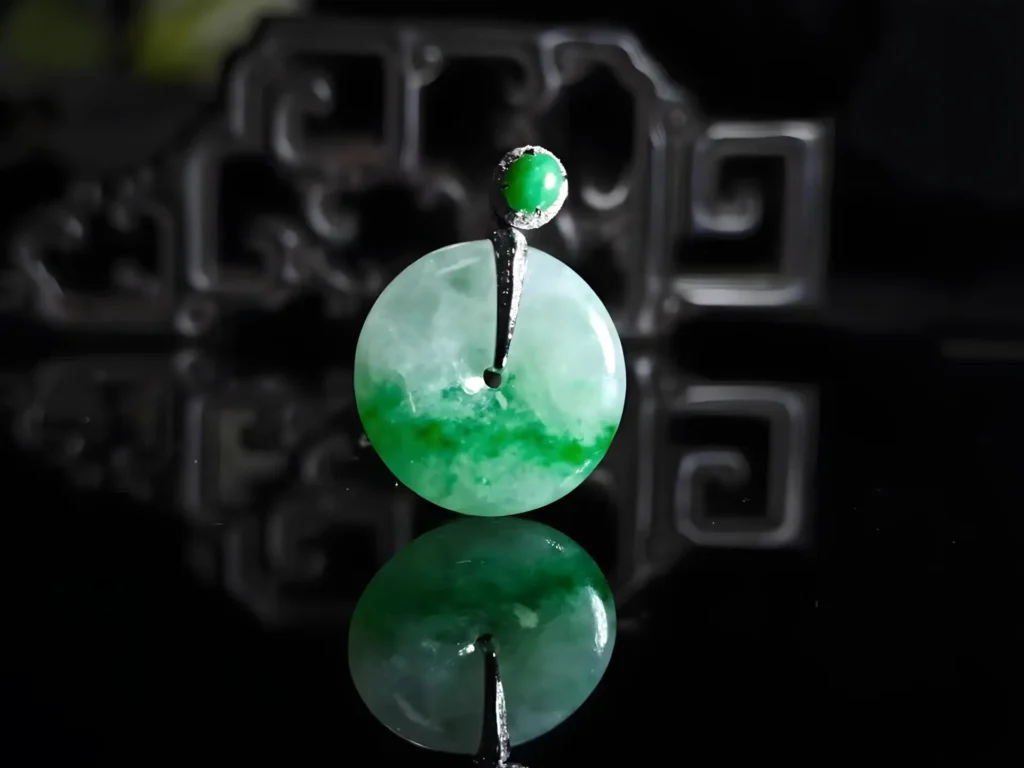
From the Han to the Qing Dynasty, Chinese royal jewelry evolved, reflecting the artistic and technological advancements of each era. Bold gold and gemstones in the Tang era, intricate designs in the Ming and Qing dynasties—each period left its mark. Think about the artisans who meticulously crafted these pieces, their skill and dedication evident in every detail. Picture a jade carver, each stroke of the tool a testament to their mastery, creating pieces that have adorned the necks, wrists, and fingers of royalty. It’s fascinating to think about the hands that crafted these designs and the lives they’ve touched.
Explore the evolution of Chinese royal jewelry from ancient dynasties to modern trends. Discover the materials, techniques, and symbolism behind these treasures
Read NowJade carving is a cornerstone of Chinese jewelry, and its craftsmanship has evolved significantly over the years. Modern techniques like manual carving, computer numerical control engraving, and 3D replicate engraving have revolutionized the industry. Despite these advancements, the essence of jade craftsmanship remains rooted in tradition.
Jade is believed to bring luck, health, and protection, making it a favored material for various types of jewelry, including necklaces, bracelets, hairpins, and earrings. Modern artisans blend ancient techniques with modern tools, creating pieces that are as culturally significant as they are beautiful. Each piece is a labor of love, a testament to the enduring beauty of jade.
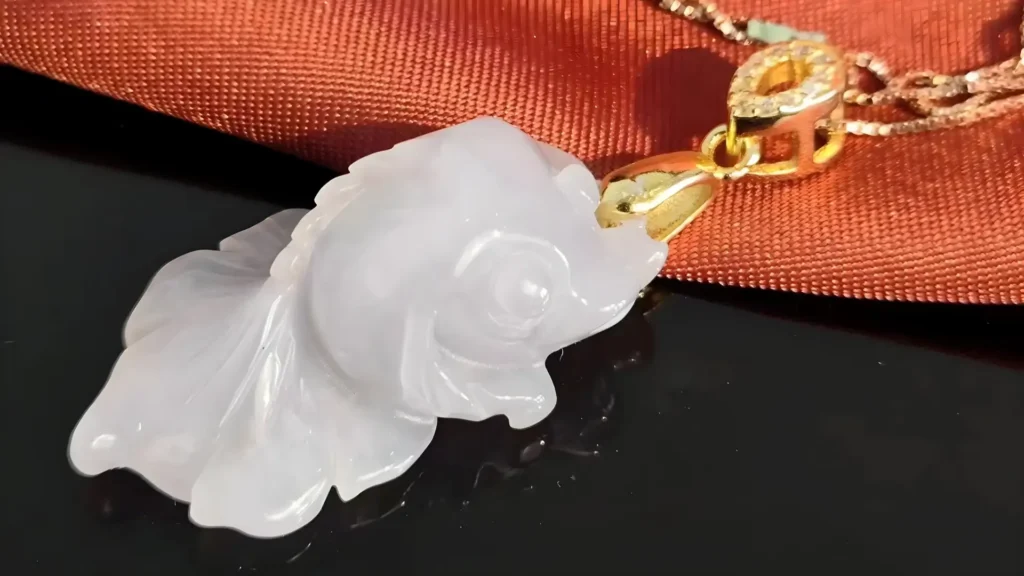
Enamel, also known as “silver blue” or “silver enamel,” is another integral material in traditional Chinese jewelry. This art form, which combines metal casting with point blue coloring, reached its zenith during the Qing Dynasty. Picture the process: silver threads creating intricate patterns, filled with vitreous material, then fired at low temperatures to create stunning pieces. It’s a blend of artistry and science, resulting in jewelry that’s both beautiful and durable. Each piece is a miniature work of art, a testament to the skill and creativity of the artisan.

Filigree inlay is a traditional craft recognized as a national-level intangible cultural heritage. Today, only a few artisans continue to produce filigree inlay jewelry independently or in small workshops. These pieces, with their delicate and intricate designs, are a testament to the skill and patience of the artisans. Imagine wearing a piece of filigree jewelry, each twist and turn of the metal a reflection of centuries-old craftsmanship. It’s like wearing a piece of history, a tangible connection to the past.
Cloisonné, or “copper wire enamel,” is one of the most intricate and complex manufacturing processes in traditional Chinese jewelry. This technique involves shaping patterns on a copper base, filling them with colorful enamel, and then firing, polishing, and gold-plating the piece. The result is a vibrant and durable work of art. Picture a cloisonné bracelet, its bright colors and intricate designs adding a touch of elegance to any outfit. It’s a testament to the skill and creativity of the artisan, a piece of art that you can wear.
We apply the Cloisonné to our peony brooch.
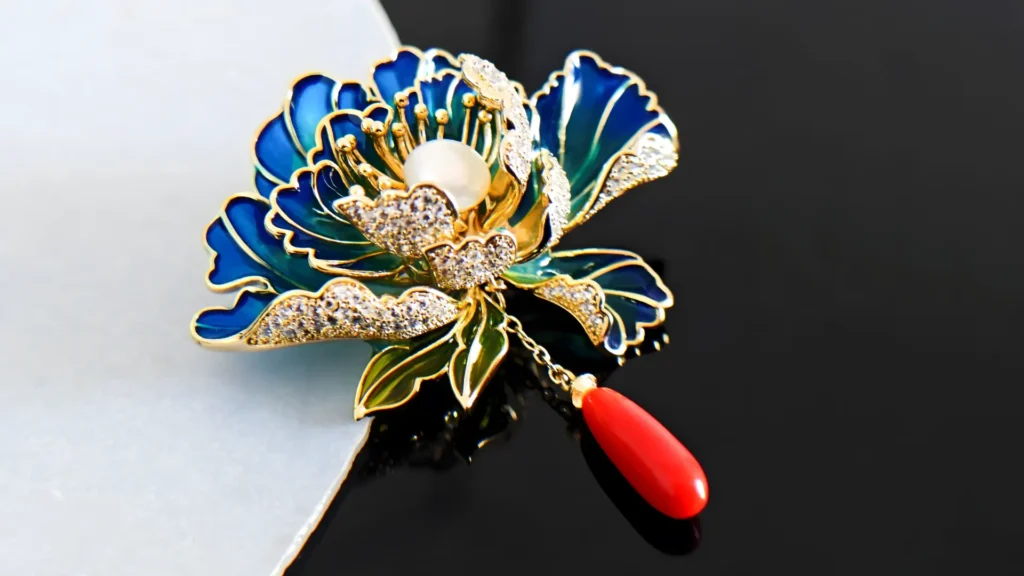
Each material in Chinese royal jewelry brings its unique charm and significance.
Jade means Serenity and protection, jade is revered for its beauty and symbolic meaning.
Gold and Silver indicate Symbols of wealth and status. They add a touch of luxury to any piece.
Pearls incarnate elegance.
Understanding the symbols in Chinese jewelry can make your choices more meaningful. It’s like wearing a story, a piece of cultural poetry.
Gourd pendant signifies vital and healthy life.
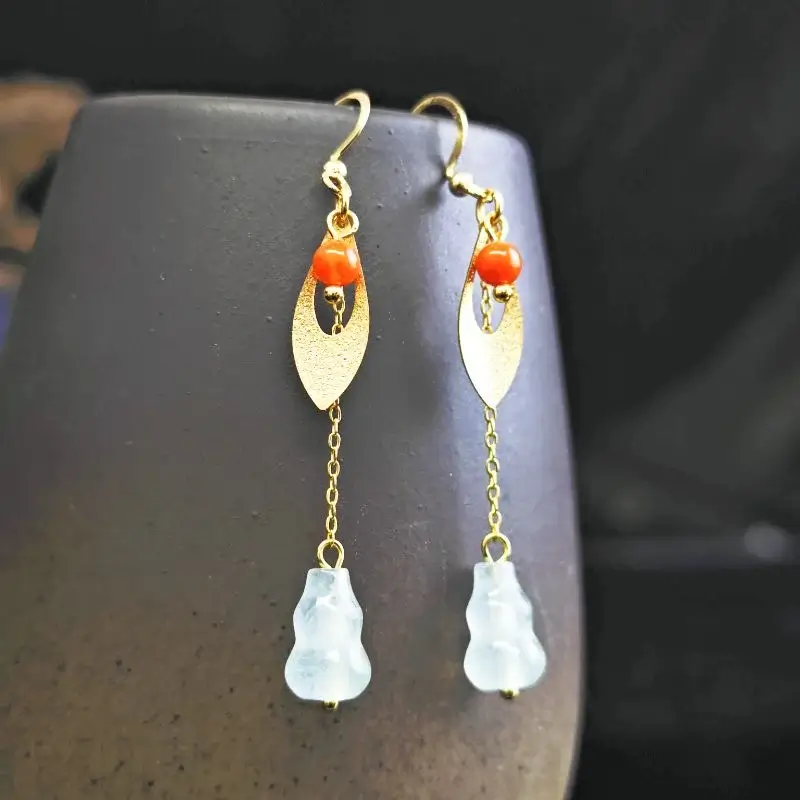
Strawberry represent love and happiness.
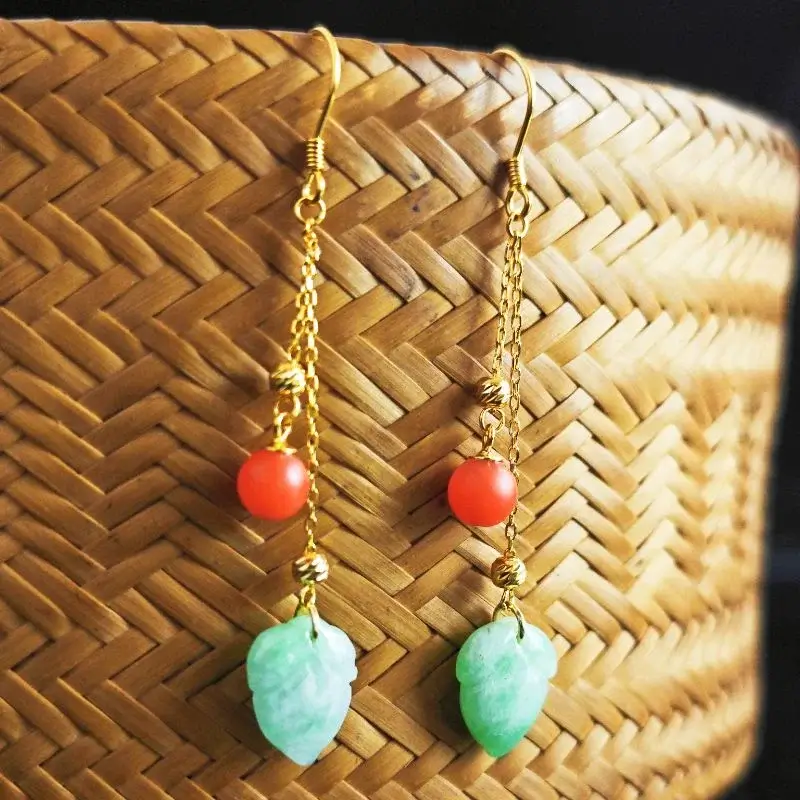
Fan symbolizes goodness and wealth.
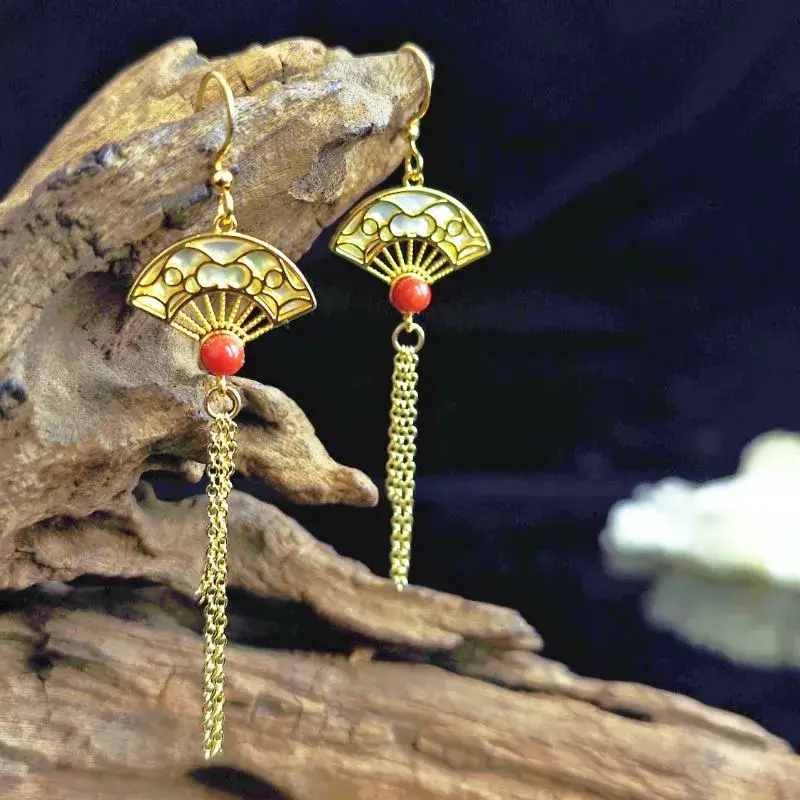
Discover the historical significance and modern symbolism of Chinese jewelry. Learn about common symbols and their meanings in our comprehensive guide.
Read NowIntricate hair combs and pins, adorned with flowers and phoenixes, can transform an ordinary hairstyle into an imperial statement. These accessories are perfect for formal events or adding a touch of tradition to a modern look.Imagine an elegant hairstyle for a dinner party, held in place by a gold hairpin adorned with flowers.It’s not just a hairstyle; it’s an imperial statement.
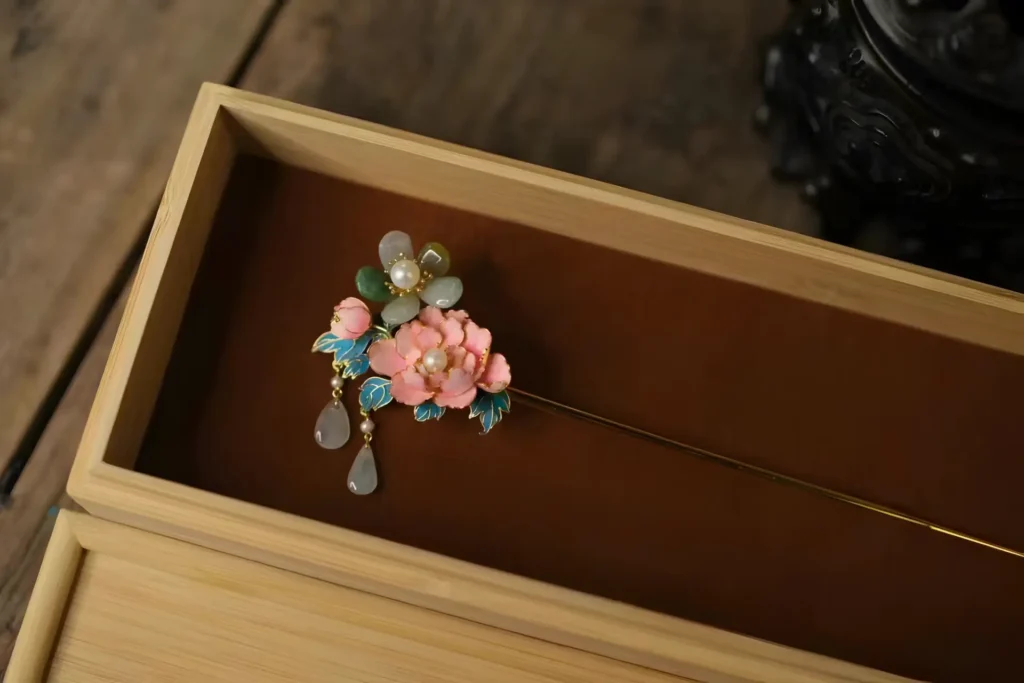
Necklaces hold a significant place in Chinese jewelry and are often seen as essential pieces. Traditionally crafted from materials like gold, silver, jade, and pearls, these necklaces carry various symbolic meanings. For example, a red coral necklace symbolizes happiness and good fortune, while a jade necklace represents health and longevity. In traditional Chinese bridal jewelry, necklaces are adorned with symbolic pendants like dragons and phoenixes, representing the union of the bride and groom.
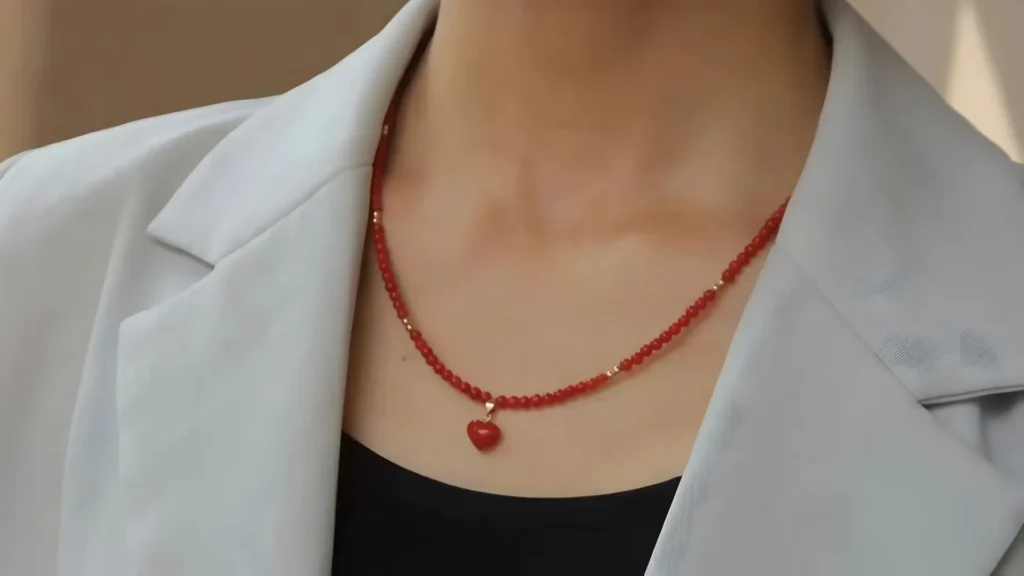
Earrings have a long history in Chinese culture, dating back to the Neolithic period. Initially used as amulets, they eventually became decorative pieces. Traditional Chinese earrings, often made from pearls and precious gemstones, are designed to complement the bride’s hairstyle and facial features during weddings. Modern Chinese earrings, from simple studs to elaborate drops and hoops, offer versatility. They can subtly enhance your look or make a bold statement, depending on the occasion.
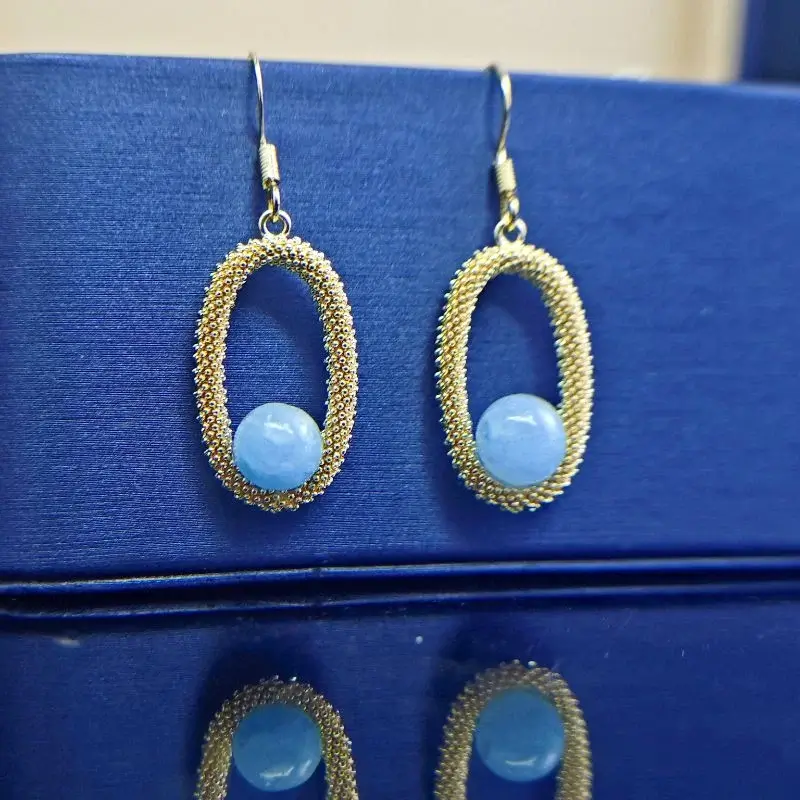
Bracelets are another important type of Chinese jewelry and have been a part of the culture since ancient times. Early bracelets were made from materials like shells and grasses, evolving over time to include metals such as copper, bronze, silver, and gold. In the context of weddings, bracelets symbolize unity and everlasting love. They are typically crafted from precious materials and often feature intricate engravings or auspicious symbols, believed to bring good fortune and protect the bride throughout her married life. Nowadays, gold or jade bracelets and bangles can be worn singly for a subtle touch or stacked for a dramatic effect. They add grace and elegance to any outfit.
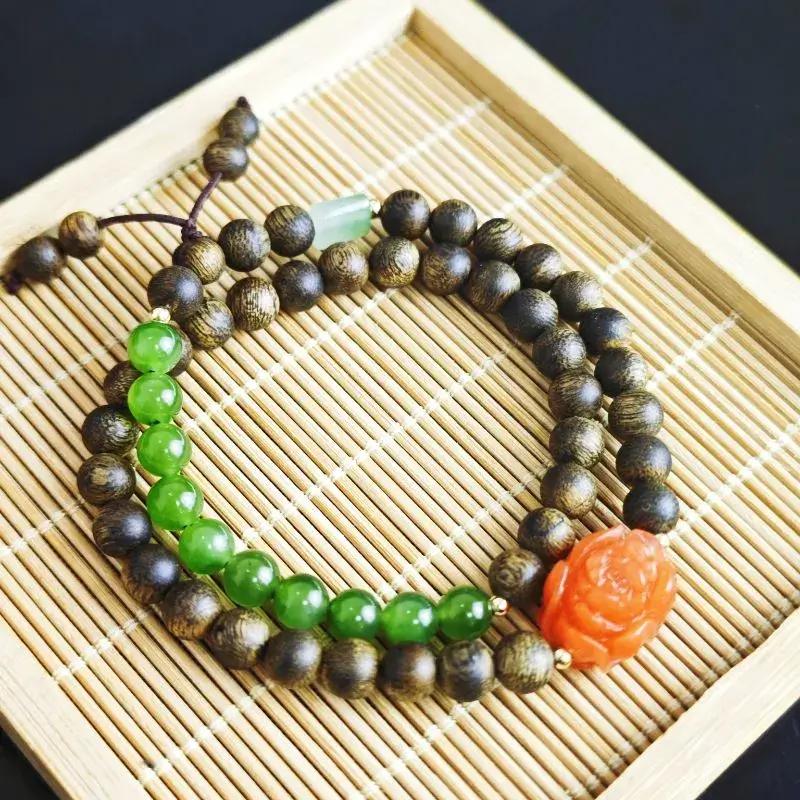
Rings in the Southern Song Dynasty were symbols of engagement. With the advent of Christianity in the Middle Ages, they became wedding accessories. Rings have historically signified social status, with the material and design reflecting the wearer’s societal position. Today, rings continue to be important, often used to trace marital status and add beauty to the fingers. Rings with intricate carvings and rich symbolism can be worn on different fingers to signify various meanings—power, love, wisdom. Each ring tells its own story.
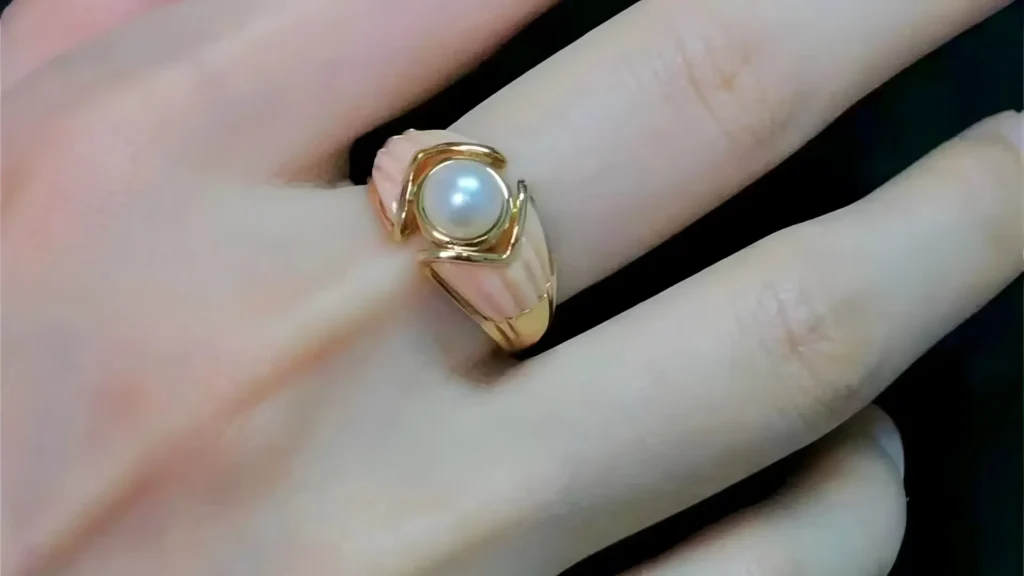
Modern Chinese styled jewelry seamlessly blends traditional motifs with contemporary designs, creating unique and captivating pieces that appeal to a wide audience. Designers today draw inspiration from ancient symbols and myths while incorporating innovative techniques and materials to create jewelry that is both timeless and modern.
One of the most prominent trends is the fusion of traditional Chinese motifs with modern styles. This trend involves integrating symbols like dragons, animals, and flowers with contemporary materials such as diamonds, colored stones, and enamel. This blend creates unique pieces that resonate with both traditionalists and modern fashion enthusiasts.
For instance, the brooch is crafted from a combination of materials. The petals appear to be made of a glossy, white mother-of-pearl, which gives a smooth and lustrous finish. The outlines of the petals are made of gold-plated brass, providing a contrasting and elegant frame. The dangling element is a red bead made from coral.
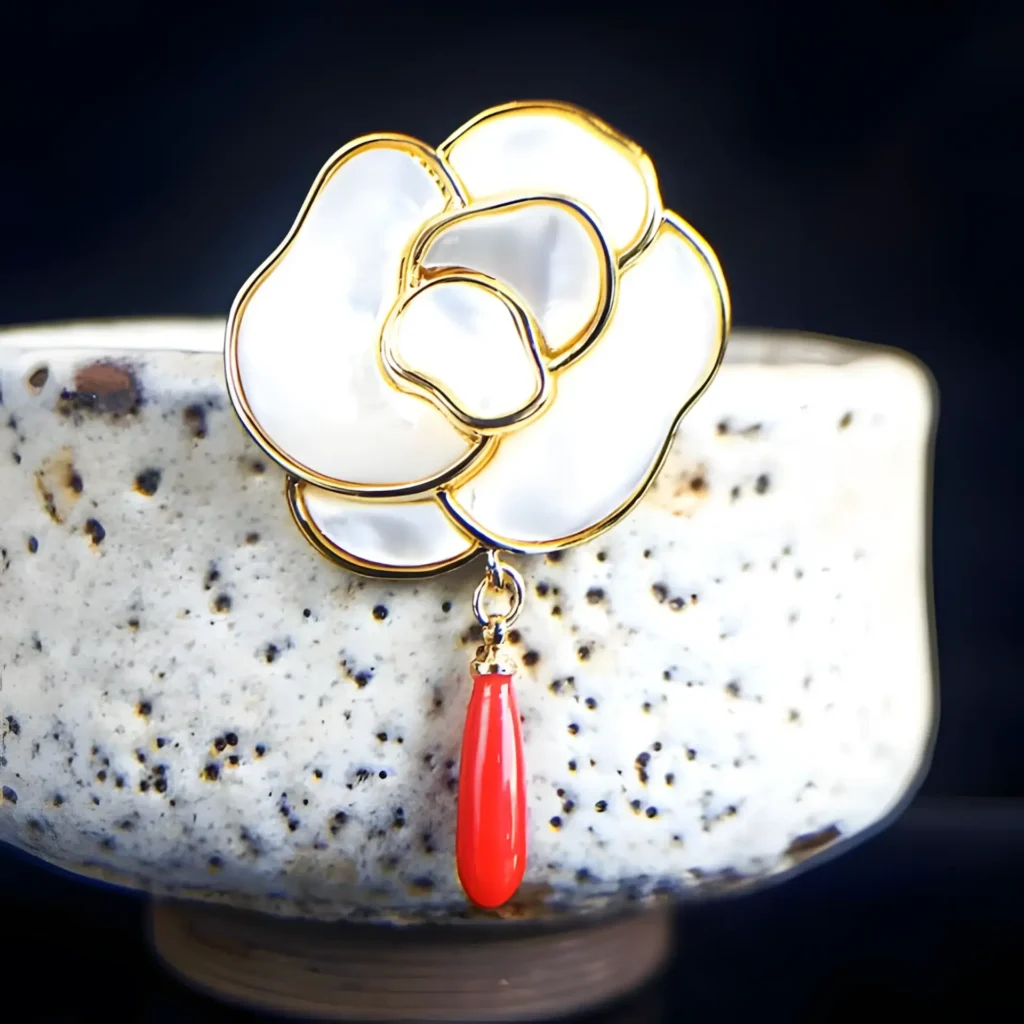
Personalized jewelry has gained significant traction, especially among younger generations. Many designers now offer customization options, allowing customers to choose their stones, metals, and designs. Personalized engraving services are also popular, enabling customers to add their own messages or symbols to their jewelry. This trend of personalization ensures that each piece of jewelry is unique and holds special meaning for the wearer.
Jade remains a staple in Chinese jewelry, with modern designs often incorporating this traditional material. The craftsmanship involved in jade carving has evolved, yet the basic techniques remain rooted in ancient practices. Artists continue to use power-driven manual carving methods to maximize the beauty of jade, combining traditional craftsmanship with modern design ideas to create stunning pieces. This ongoing reverence for traditional techniques ensures that each jade piece carries profound historical and cultural significance.

Jewelry designers are increasingly incorporating elements from various cultures, such as those from India, the Middle East, and Africa, into their designs. This cultural fusion results in eclectic pieces featuring intricate beadwork, bright colors, and bold patterns, which create a vibrant and eye-catching look. These designs reflect a blend of Eastern and Western aesthetics, highlighting the global influence on contemporary Chinese jewelry.
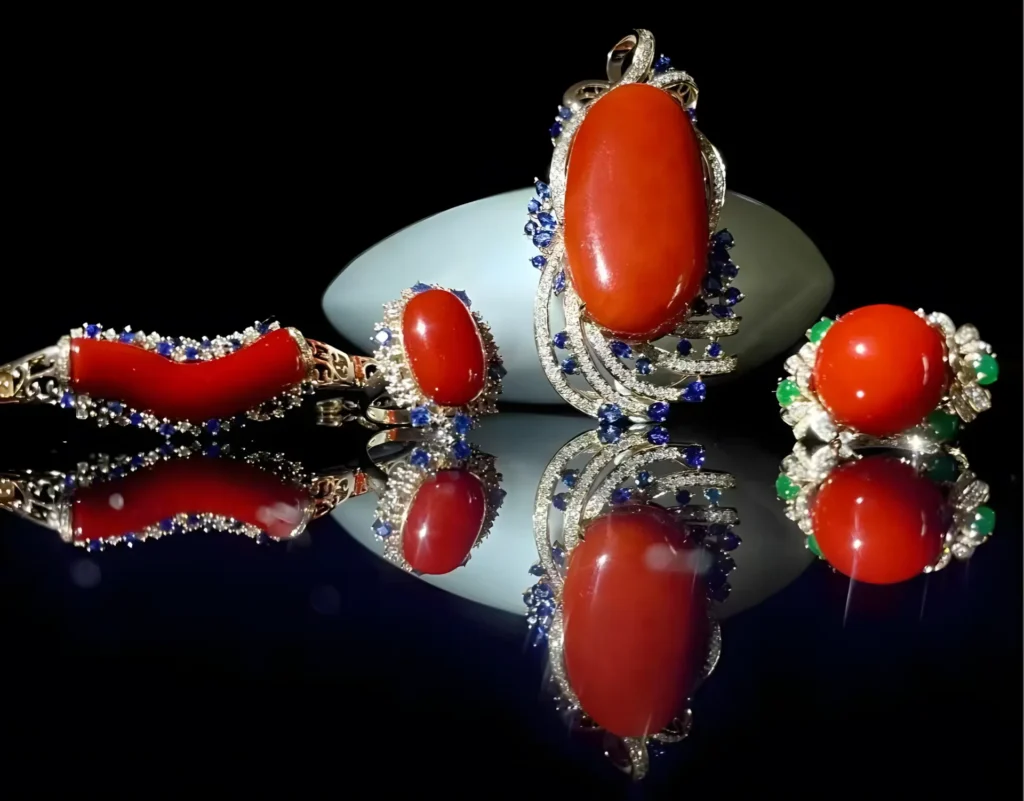
Minimalist jewelry designs are gaining popularity, particularly for special occasions like weddings. Couples are opting for simple, elegant pieces that offer an understated yet timeless look. Additionally, there is a growing trend towards eco-friendly options, with many couples choosing jewelry made from recycled materials or crafted using sustainable practices. These trends reflect a shift towards simplicity and environmental consciousness in modern Chinese styled jewelry.
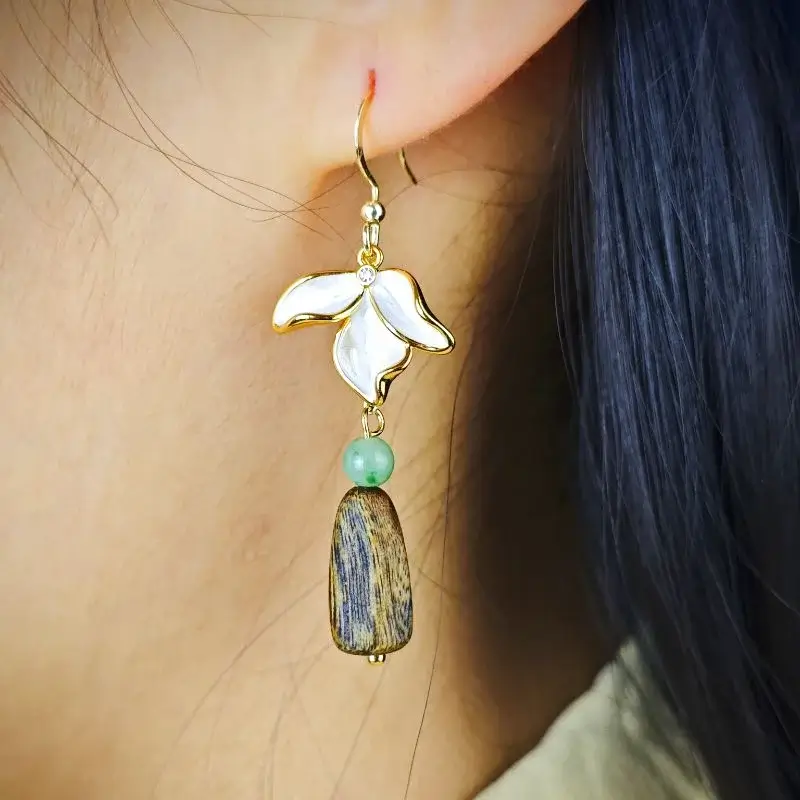
Modern artisans are not just sticking to traditional materials; they are also experimenting with mixed media, combining unconventional materials like resin or enamel with precious metals. Techniques like 3D printing allow for more detailed and innovative designs that would have been impossible in earlier eras. This approach creates striking contrasts and highlights the fantastical nature of the designs, appealing to a wide range of aesthetic preferences.
Alright, let’s dive into the fun part—how to pair these exquisite pieces with your wardrobe to create looks that are not just stylish, but also deeply meaningful.
For casual wear, think simplicity and subtlety. Imagine you’re heading out for a weekend brunch with friends. You want to look effortlessly chic, right? Opt for a delicate jade pendant that adds a touch of elegance without overwhelming your look. Pair it with a simple white blouse and jeans. The jade pendant not only elevates your outfit but also brings a sense of serenity and protection. Or, consider small gold earrings that catch the light just enough to make you sparkle. They add a hint of luxury to your laid-back style.

Another idea: a thin gold bracelet with a minimalist design can be the perfect accessory for a casual day out. It’s understated but still exudes a sense of sophistication. You could pair it with a casual dress or even a t-shirt and shorts. The key is to keep it simple yet elegant.
When it comes to formal occasions, don’t be afraid to go bold and intricate. Think about attending a black-tie event. You’re in a stunning evening gown, and you need jewelry that matches the grandeur. This is where a statement necklace comes into play. Imagine a dramatic gold necklace with intricate designs that draw all eyes to you. It’s not just an accessory; it’s a centerpiece. Pair it with a sleek updo and let the necklace do all the talking.
Or, consider an ornate hairpin adorned with flowers. It can transform your hairstyle into an imperial statement. Picture yourself at a gala, your hair elegantly styled and held in place by a stunning gold hairpin. It’s not just a hairstyle; it’s a work of art. Add matching earrings, and you’re ready to steal the show.

If you’re donning traditional Chinese attire like a qipao or hanfu, your jewelry should complement and enhance the cultural richness of your outfit. Imagine wearing a red qipao for a special occasion. Pair it with gold and jade jewelry to create a stunning, cohesive ensemble. A jade bracelet can add a touch of serenity and protection, while gold earrings symbolize wealth and status.

For a hanfu, consider a necklace with a pendant that features traditional motifs like dragons or lotus flowers. It not only complements the attire but also adds depth and meaning to your look. Each piece of jewelry tells a story, making your outfit not just beautiful but also culturally significant,
Learn how to pair Chinese royal jewelry with your outfits. Master balancing simplicity, color coordination, and layering techniques to elevate your style.
Read NowPairing Chinese styled royal jewelry with your outfit can create a polished and elegant look that reflects both tradition and personal style. By understanding the historical context, material significance, and best practices for coordination, you can make informed choices that enhance your wardrobe and express your individuality. Whether for special occasions or everyday elegance, Chinese royal jewelry offers a unique way to blend cultural heritage with contemporary fashion.
What is Chinese royal jewelry, and why is it significant?
Chinese royal jewelry refers to the exquisite adornments historically worn by royalty in China. These pieces are not only visually stunning but also carry deep cultural and symbolic significance, often representing concepts like power, prosperity, and immortality. Each piece is a blend of intricate craftsmanship and rich history.
What are the most common materials used in Chinese royal jewelry?
The most common materials include jade, gold, silver, and pearls. Jade is revered for its protective qualities and serene beauty, gold and silver symbolize wealth and status, and pearls are cherished for their timeless elegance.
How does the symbolism in Chinese jewelry differ from other cultures?
Chinese jewelry is heavily infused with symbolic meanings. Motifs such as dragons symbolize strength, phoenixes represent grace and renewal, and lotus flowers stand for purity. These symbols are deeply rooted in Chinese culture, offering a unique blend of art, history, and philosophy that is often distinct from Western or other cultural jewelry traditions.
How can I incorporate Chinese royal jewelry into my everyday wardrobe?
You can incorporate Chinese royal jewelry into your everyday wardrobe by pairing simpler pieces, like a jade pendant or small gold earrings, with casual outfits. These pieces add a touch of elegance without being overpowering. For formal occasions, more intricate designs like statement necklaces or ornate hairpins can elevate your look to a level of royal sophistication.
What are some tips for choosing the right piece of Chinese jewelry for an event?
For casual events, opt for simpler pieces that add subtle elegance, such as a jade bracelet or delicate earrings. For formal events, choose bold and intricate designs like a statement necklace or a detailed hairpin. Consider the overall theme and dress code of the event to ensure your jewelry complements your outfit perfectly.
Can Chinese royal jewelry be worn with modern fashion?
Absolutely! Chinese royal jewelry can be beautifully paired with modern fashion. For example, a jade pendant can add a sophisticated touch to a crisp white blouse, or a traditional hairpin can elevate a sleek, modern hairstyle. This fusion of traditional and contemporary styles creates a unique and elegant look.
What are the most popular types of Chinese royal jewelry?
Popular types include hair accessories like combs and pins, necklaces and pendants, earrings, bracelets, bangles, and rings. Each type has its own significance and can be used to enhance different aspects of your outfit, whether you’re dressing casually or for a formal occasion.
Why is jade so highly valued in Chinese culture?
Jade is highly valued in Chinese culture for both its aesthetic qualities and its symbolic meanings. It is believed to possess protective qualities, bringing peace and longevity to the wearer. Jade has been associated with virtues like purity, wisdom, and harmony, making it a cherished material in Chinese jewelry and beyond.
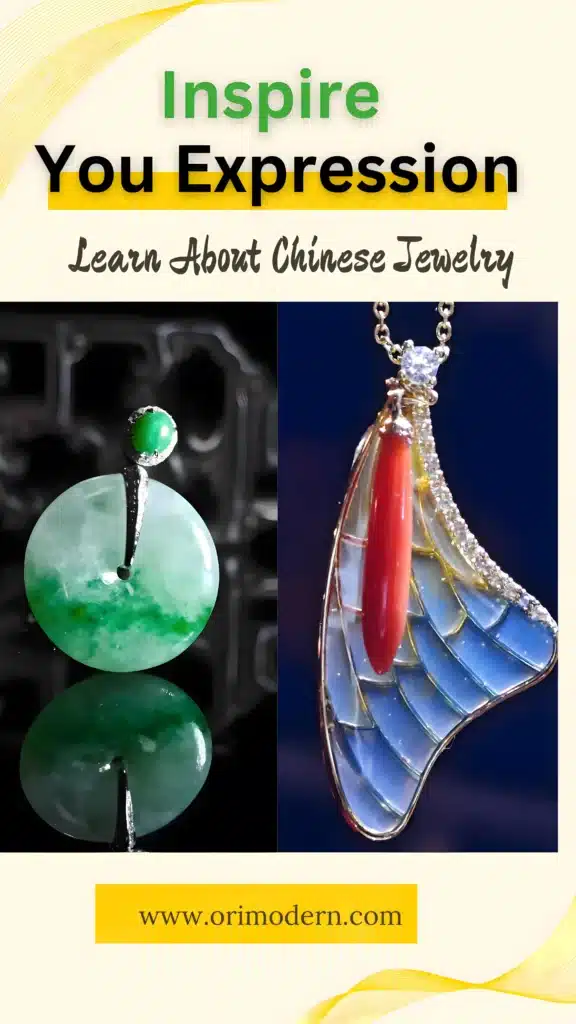
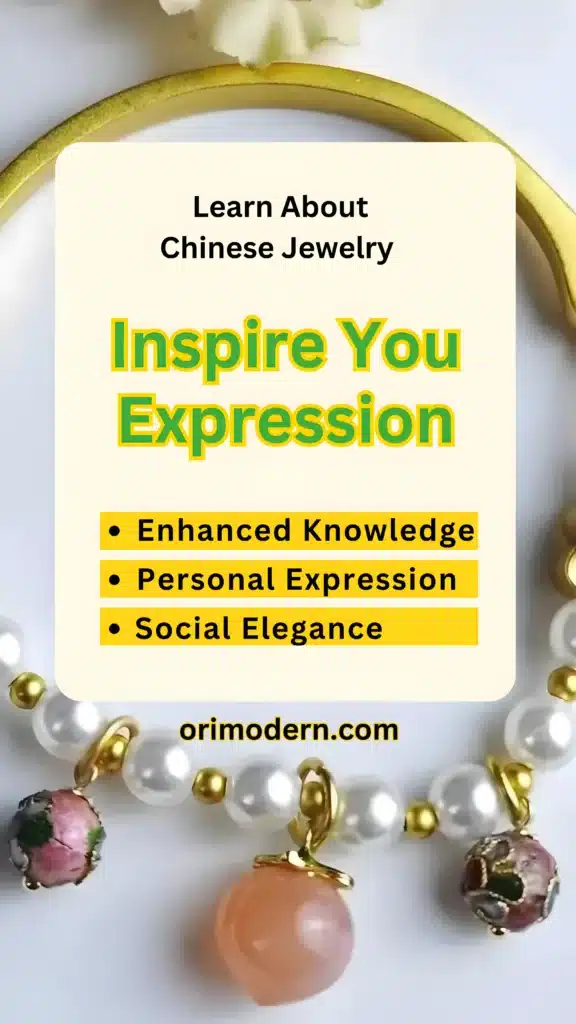

Dive into the allure of Chinese jewelry, from ancient symbolism to modern trends.
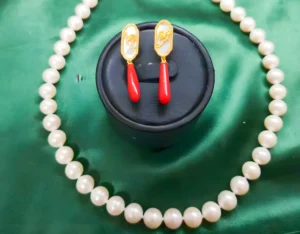
Elevate your wedding look with Chinese royal jewelry.
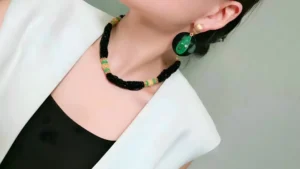
Learn to pair Chinese royal jewelry with your outfits for a stylish upgrade.